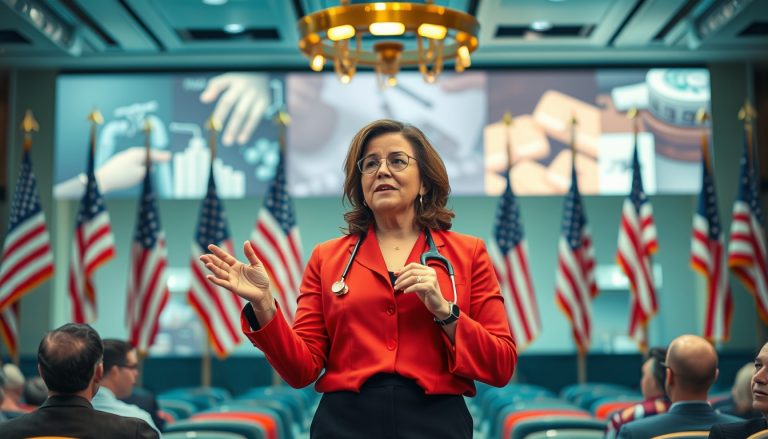In the evolving landscape of personalized medicine, a recent breakthrough involving CRISPR technology offers a potential new avenue for addressing ultra-rare metabolic disorders.
Researchers at the Children’s Hospital of Philadelphia, in collaboration with additional institutions, recently unveiled a bespoke CRISPR therapy tailored for a critically ill infant suffering from carbamoyl phosphate synthetase 1 (CPS1) deficiency.
This innovative approach, designed within just seven months of the infant’s birth, not only demonstrates safety but also provides indications of efficacy, allowing the patient to tolerate more protein intake while reducing reliance on supportive medications.
As the industry scrutinizes the implications of this pioneering therapy, it raises significant questions about the future of gene editing in treating rare diseases, particularly in light of regulatory flexibility that expedited its development.

Key Takeaways
- The bespoke CRISPR therapy for CPS1 deficiency shows promising early results in a critically ill infant.
- Regulatory flexibility from entities like the FDA facilitated the rapid development and testing of this personalized therapy.
- This case may revolutionize treatment approaches for ultra-rare diseases, though concerns about the long-term safety and efficacy of gene editing remain.
Custom CRISPR Therapy Development for CPS1 Deficiency
In a groundbreaking study published recently, researchers at the Children’s Hospital of Philadelphia have developed a custom CRISPR therapy targeting CPS1 deficiency, an ultra-rare metabolic disorder, specifically for a critically ill infant referred to as KJ.
Diagnosed shortly after birth, KJ has received an innovative treatment that was conceived, developed, and implemented within a remarkably short span of seven months.
This expedited approach not only highlights the potential of bespoke gene therapies but also showcases the evolving nature of regulatory frameworks, particularly the FDA’s willingness to facilitate faster processing for these critical applications.
The CRISPR therapy is designed to correct a specific genetic defect responsible for KJ’s condition, which has already shown promising results; the infant is now able to consume a larger amount of protein while depending less on medications.
As the researchers prepare for longer follow-up evaluations, the initial findings suggest a significant shift in future treatment paradigms for patients with similar ultra-rare diseases.
However, the need for further monitoring persists to fully understand the long-term impacts of this approach, especially in terms of safety without resorting to more invasive procedures like liver biopsies.
Experts within the biotech industry are weighing in on the broader implications of such advancements, noting a potential reduction in the complexity and cost of tailored gene therapies, which could revolutionize how rare diseases are treated.
Above all, the commercial viability of personalized therapies remains a critical area for discussion, necessitating active engagement with regulatory bodies to ensure continued progress in this promising field.
Implications for the Future of Rare Disease Treatments
The study conducted by the Children’s Hospital of Philadelphia serves as a clarion call for the potential of personalized medicine, especially in the realm of ultra-rare diseases.
The rapid development and implementation of the CRISPR therapy for KJ exemplifies not only the ingenuity of modern genetic engineering but also the nimbleness of regulatory frameworks meant to support such urgent medical needs.
For biotech executives, the implications extend beyond the immediate success of this therapy to larger strategic considerations within the industry.
As companies increasingly prioritize innovative solutions for niche markets, the lessons learned from KJ’s case can drive investments into bespoke therapeutic approaches.
There is an emerging consensus that regulatory bodies like the FDA could enhance support for adaptive trial designs, accelerating the journey from bench to bedside for similar therapies.
In an environment where patient-centric approaches are becoming paramount, understanding the balance between rapid therapeutic development and rigorous safety assessments will be crucial for firms aiming to lead in the rare disease landscape.















